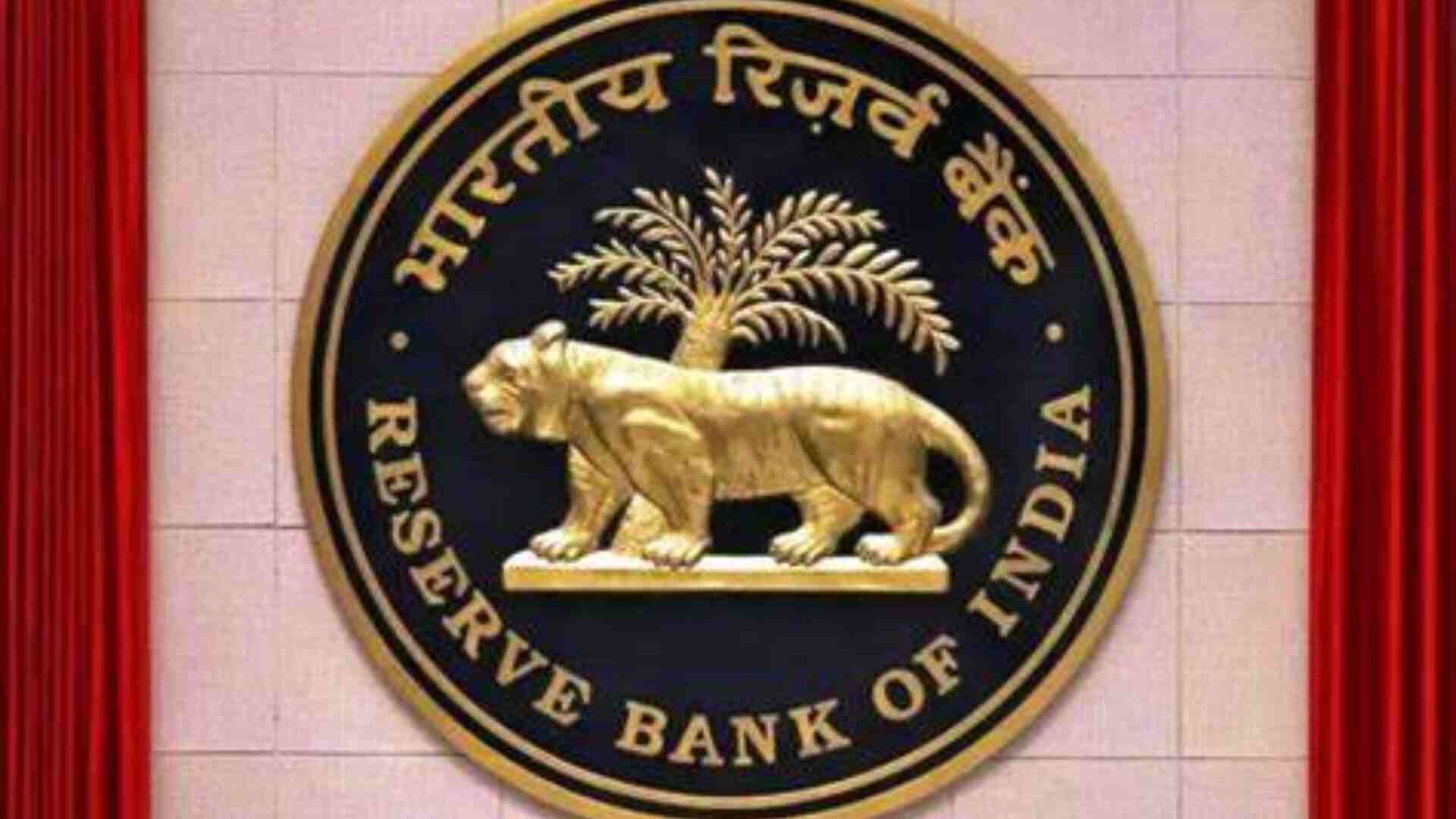
India’s financial standing with the rest of the world saw improvement over the past year, with the country boosting its overseas assets at a faster rate than its foreign liabilities, driven mainly by a rise in reserve assets, as per data from the Reserve Bank of India (RBI).
During the 2023-24 financial year, the net claims of non-residents on India declined by USD 5.5 billion. This reduction was due to a significant increase in India’s external financial assets, which grew by USD 109.8 billion, outpacing the rise in its external financial liabilities, which increased by USD 104.3 billion.
The growth in overseas financial assets held by Indian residents was primarily fueled by reserve assets, contributing 62 percent of the total increase. Other major contributors included currency and deposits, as well as overseas direct investments.
The majority of the rise in foreign liabilities was attributed to inward portfolio investments, direct investments, and loans, which collectively accounted for over three-quarters of the total increase in foreign liabilities for the year. Additionally, fluctuations in the value of the Indian rupee against other currencies influenced the change in liabilities when valued in US dollars.
The ratio of India’s international financial assets to its international financial liabilities improved, reaching 74 percent in March 2024, up from 71.4 percent in March 2023.
The RBI also noted that, relative to the Gross Domestic Product (GDP) at current market prices, both India’s reserve assets and the overseas financial assets and liabilities of residents saw increases during the 2023-24 financial year.
The primary drivers of the increase in foreign liabilities were investments coming into India in the form of portfolios, direct investments, and loans. Overall, India’s financial health relative to its economy showed improvement, with a better ratio of assets to liabilities and a decrease in the net claims of non-residents in relation to GDP.















